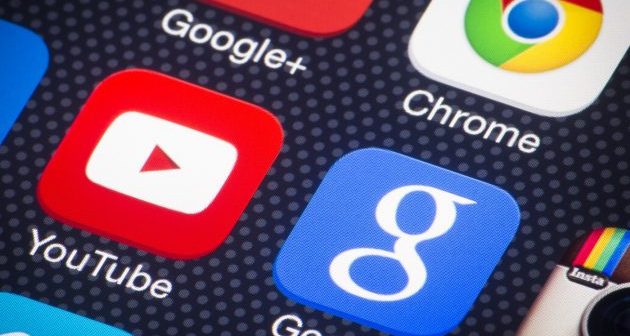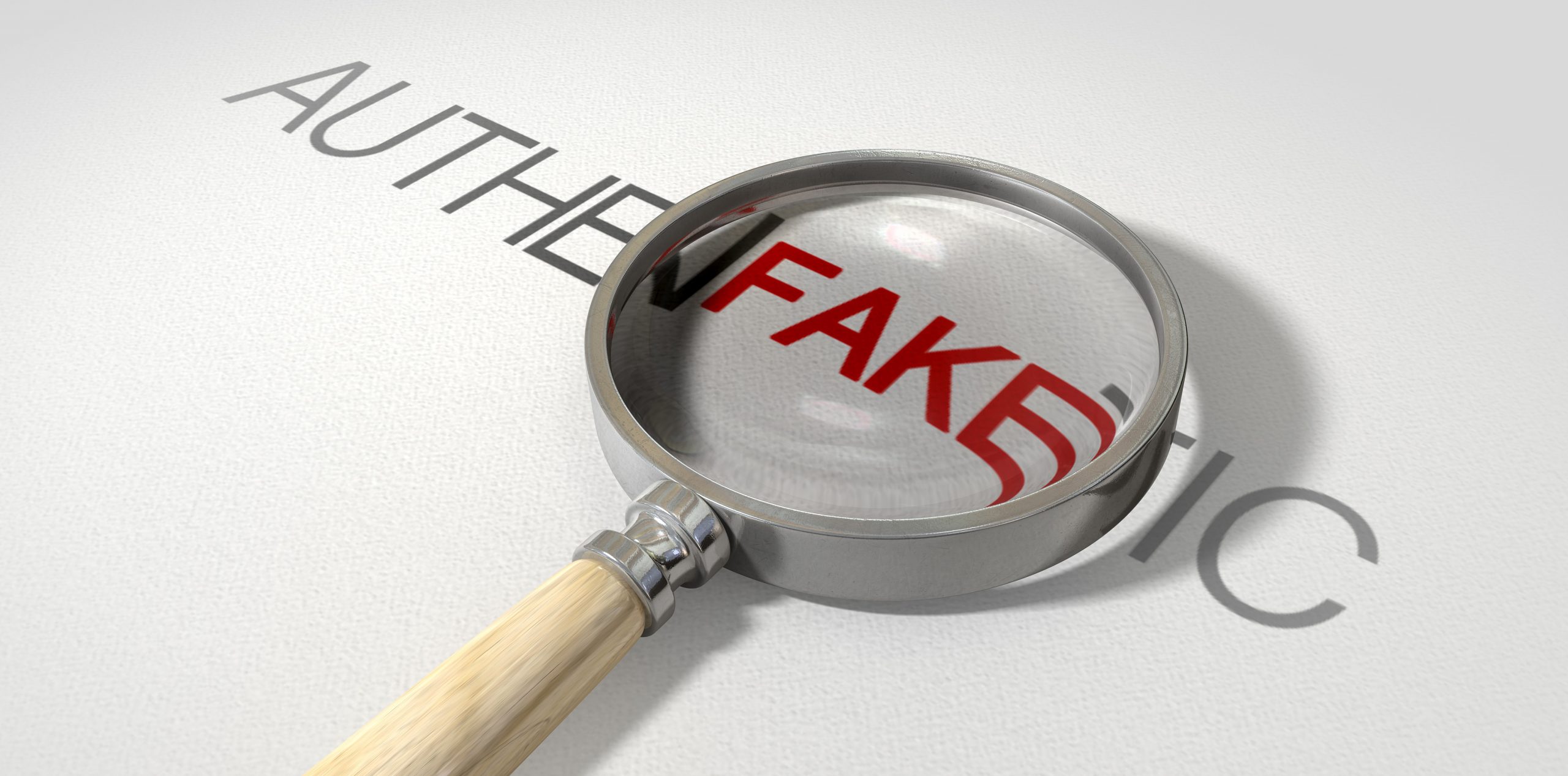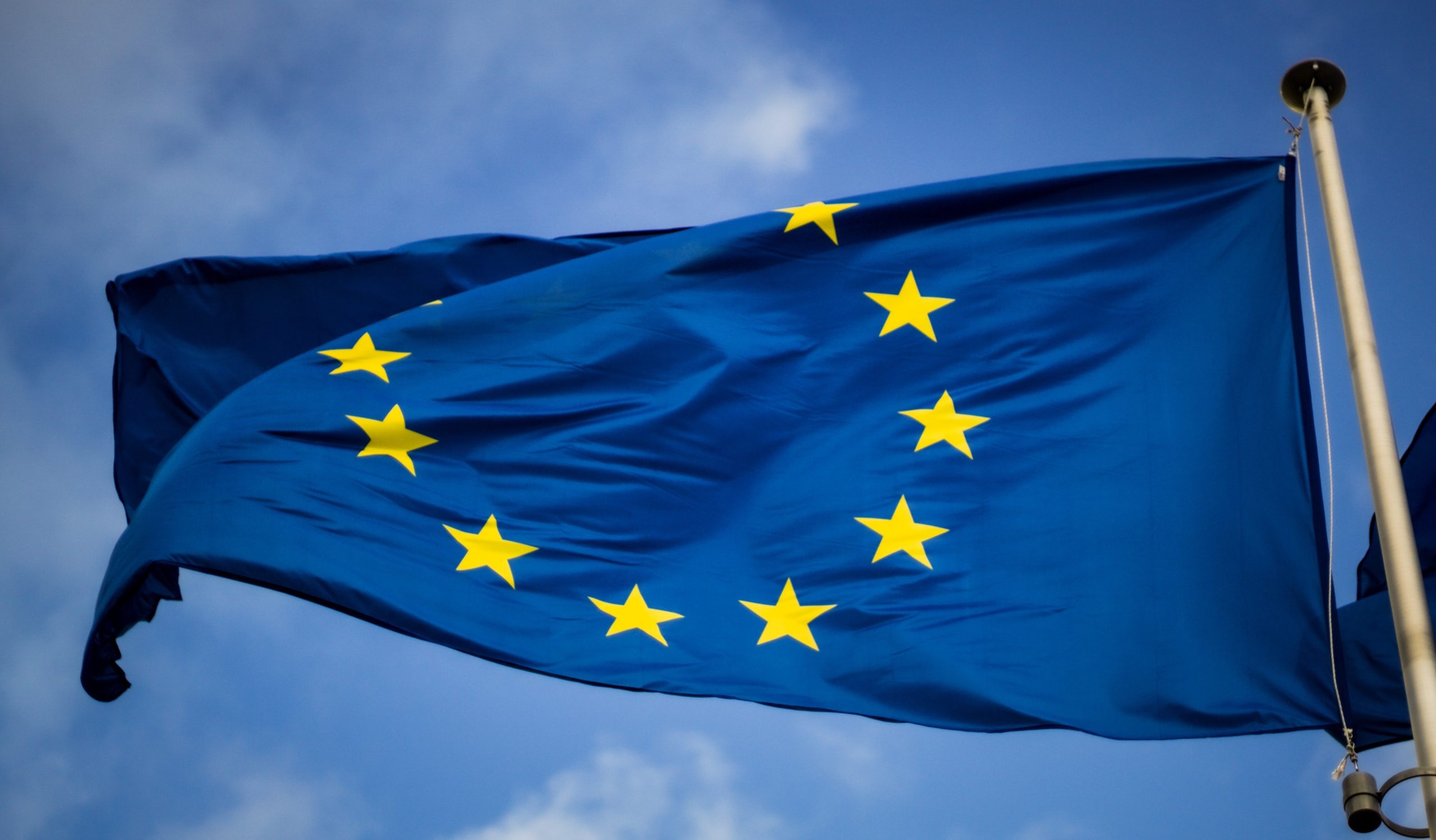Analysis of Advocate General’s opinion on the joined Cases C-682/18 and C-683/18
Introduction
The arena of copyright and related rights has considerably expanded with the technological advancement of the last few decades. Dissemination of works via the Internet is nevertheless the latest development which has raised new issues concerning copyright, as the growing popularity of the World Wide Webbrought along incidents of online fraud, theft, piracy and infringements[1].
It is therefore legitimate to argue that the Internetis the greatestsingle threat copyright law has faced since it was first introduced back in the eighteenth century. Digital piracy, which involves the illegal obtaining and sharing of copyrighted work such as music, movies, software, E-books and other written works is becoming increasingly aggressive and growing as a severe global problem[2].
Despite the creation of a liability regime for Internet Service Providers (ISP liability) under which the latter can be indirectly liable for online copyright infringements, the measuresto stop – or at least minimize – such violations have proven to be complex to find, mainly due to the difficulty of detecting user-uploaded piracy content.
To further complicate matters, the implementation of artificial intelligence technologies in online content management has challenged the original passive role of online service providers in relation to user uploaded content. As a direct consequence, the EU strategy towards this very field has shifted from a liberal approach – aimed at ensuring the development of new digital services without overwhelming ISPs of monitoring and removal obligations – to the regulation of online content management activities[3].
It is in this context that, on 16th July 2020, Advocate General Saugmandsgaard Øe presented to the Court of Justice of the European Union (CJEU) his long-awaited – and partially already anticipated – opinion regarding the liability of online platforms operators such as YouTube and Uploaded.
In what is certainly a welcome development for ISPs in general – and more specifically for the already mentioned category of content sharing platforms – the Advocate General has stressed that, given the current shape of EU legislation, such operators should not be held as directly responsible for the illegal uploading of copyright-protected works by their users.
In the dispute giving rise to the first case[4], Frank Peterson, a music producer, brought proceedings against YouTube and its parent company Google before the German courts regarding the uploading to YouTube, in 2008, of several phonograms to which he claims to hold various rights. The material, which consists of tracks from the album ‘A Winter Symphony’ by the artist Sarah Brightman and private sound recordings made during her ‘Symphony Tour’ concerts, was uploaded by users of that platform without his authorization.
In the dispute giving rise to the second case[5], the publishing group Elsevier brought proceedings against Cyando before the German courts regarding the uploading to its file-hosting and -sharing platform Uploaded, in 2013, of various works to which Elsevier holds the exclusive rights. The material was uploaded by users of that platform without its authorisation. The material in question is ‘Gray’s Anatomy for Students’, ‘Atlas of Human Anatomy’ and ‘Campbell-Walsh Urology’, which could be freely consulted on Uploaded via the link collections rehabgate.com, avaxhome.ws and bookarchive.ws.
The Bundesgerichtshof (Federal Court of Justice, Germany),which has heard both cases, asked the CJEU a series of questions about the liability of these online content sharing platforms for copyright infringement. Actually the key question at stake happens to be whether, by making the content uploaded by users available, this constitutes an act of “communication to the public” within the meaning of the InfoSoc Directive[6], Article 3.1[7]. Furthermore, it is fundamental to assess the applicability to IT intermediaries of the discipline set forth in Article 14 of the E-Commerce Directive.
The relevance of the concept of “communication to the public” under Article 3.1 of InfoSoc Directive
As mentioned above, the Advocate General first raised the question concerning the applicability to video-sharing platform and file-hosting/sharing platform of the concept of “communication to the public” (Art. 3.1 InfoSoc Directive). The problem, immediately relevant, involves the possibility for these platforms to be held directly liable for the illegal content uploaded by their users. Indeed, for this hypothesis, the author of the copyright-protected material has the exclusive right to communicate his work to the public, excluding others from similar uses.
However, the AG proposes to the Court that platform like YouTube or Cyando, in principle, do not carry out acts of “communication to the public” and, therefore, they should not be directly liable for an infringement of that provision[8].
The AG comes to this conclusion considering Recital 27 of the directive, which specifies that the “mere provision of physical facilities for enabling or making a communication does not in itself amount to communication within the meaning of [the directive]”[9]. The fact that these platforms do not directly carry out the act of communication – and instead provide the instruments for such transmission – qualifies them as simple intermediaries[10].
Instead, the AG suggests where to draw a line between the two categories. An intermediary should be qualified as if it does “communication to the public” whenever it intervenes actively in the act of communication or decides, on his own initiative, to transmit the protected material[11]. That includes: i) the retransmission to a different public or in a different way of the copyrighted work; ii)providing the material as it is of its property.
This Opinion does not interfere with a different case resolved by the Court of Justice, involving the famous online platform called “The Pirate Bay” (Stichting Brein II)[12]. In that case, indeed, the Court has evaluated the direct liability of the platform on the consideration of its active role in the communication of copyrighted material. In particular, the platform activities included storing and indexing torrent files uploaded by its users, “allowing them to share and downloadprotected works in the context of a peer-to-peer network”[13].
The Court in Stichting Brein IIfound that this scheme corresponds to the “communication to the public” ruled by the EU legislation, given the fact that – operating in such way – the platform assumes an essential role in the act of communicating, rather than being completely neutral towards the material and the activity of its users. Indeed, “The Pirate Bay” extremely facilitated the access to these files, contributing to the illegal transmission to third parties. However, in case of mere facilitation, the AG considers that as a matter of secondary liability, which is regulated by State members[14]and stands outside the protection guaranteed by Art. 3.1.
The field of application from liability exemption under Article 14.1 of E-Commerce Directive
The second question that has been brought to the attention of the AG is whether the Section 4 of E-Commerce Directive[15]is applicable to the foretold operators. It is important to highlight that this problem is merely in addition to the previous one: the positive or negative answer about the liability for the “communication to the public” does not exclude, in any way, the necessity to evaluate the hypothetical application of the E-Commerce Directive.
In the present case, the AG is interrogated about the current field of application of Art. 14.1 Dir. cit., which regulates the operator liability for the information hosted by its platform. The provision establishes a general liability exemption, “unless the provider, upon obtaining knowledge or awareness that the recipient’s information is illegal, has not expeditiously removed or disabled access to it”[16]. The Article – the AG says – covers both primary and secondary liability for the information provided and the activity initiated by platform users[17].
The exemption, however, should cover exclusively the liability deriving from the information itself, and cannot be extended to the other activities of the provider (for example, whether the information storage is part of a broader activity). For instance, in another case (Google France[18]) the Court stated that nominally the exemption could apply for one of Google’s services (i.e. “Google AdWords), because it effectively “consists of the storage of information provided by a recipient of the service”[19]. On the other hand, in a way similar to the previous question, the provider may be held liable for assuming an active role in the management and control over the data stored.
To summarize, the exemption of liability can be applied, unless: i)the provider knows about the illegal content of the information stored, or ii)it does not intervene in consequence of this knowledge, or iii)whenever the activities of the provider exceed the mere data storage, it assumes a primary role in the elaboration and usage of the data. In fact, the issue regarding the concept “actual knowledge” or “awareness” had already become particularly delicate following the famous ruling by the European Court of Human Rights on the case Delfi v. Estonia[20].
In the present case, the AG suggests that both YouTube and Cyando can, in principle, benefit from the exemption. In particular, the knowledge and the awareness about the illegal content within Article 14.1(a) should be interpreted as it refers to a specific (or better say “contextualized”) illegal information. In fact, the process that leads the provider to the awareness is well known as “notice and take down”, suggesting that only upon receipt of a notification (and after a period of inaction) the operator should be considered liable for the copyright infringement.
On the other hand, the provision should not comprehend an obligation, for the provider, to previously control every information stored by its users. In this hypothesis (that has to be excluded), every online operator gathering information should adopt the necessary measures to “block” illegal data and, in case of request to take down, it should avoid the re-upload of that content.
Conclusions
As the Opinion fits into a major trend of the Court of Justice[21], the recent adoption of the Directive 2019/790[22]could reverse the highlighted situation. In fact, the provision, that should be transposed into the national State members law by 7 June 2021[23], provides a few changes with regard to the regulation of “communication to the public”.
In particular, Article 17.3 provides that the limitation of liability established in Article 14.1 of the E-Commerce Directive shall not apply to the use of protected content by online content-sharing service providers, even if these providers perform an act of communication to the public. However, these operators will not be considered liable for unauthorized acts of communication only if they can demonstrate that they have cumulatively:
- a) made best efforts to obtain an authorization;
- b) made best efforts to ensure the unavailability of specific works for which the right-holders have provided informations;
- c) acted expeditiously, upon receiving a notice from the right-holders, to disable access to the notified works or other subject matter, and made best efforts to prevent their future uploads in accordance with point (b)[24].
Then, it may be underlined that the new Directive stands in a halfway between the old system, characterized by the simpler “notice and take down” process (exemplified by the AG Opinion), and a “block scheme”, where the greatest difficulties for the providers (in terms of costs and efficiency) are surely related to prevent users from uploading illegal content.
However, all this cannot ignore a basic assumption, namely that the functioning of content sharing platforms has always been based on the lack of direct liability for violations committed by users and third parties (for example in relation to the publication of comments defamatory). By virtue of such reasoning, imposing the selection of content and substantial filtering under the threat of a sanction may fuel a real “race to the bottom” in the business of moderation which would imply a tendency to repression in fear of incurring responsibility.
As stressed by many experts in the field[25][26], in this way web operators would rise to a sort of private censors, likely turning into subjects who exercise editorial responsibility, an element that normally distinguishes those who operate, on the contrary, as content providers.
[1]Min Yan, “The Law Surrounding the Facilitation of Online Copyright Infringement”, 34 European Intellectual Property Review, Queen Mary University of London, 2012.
[2]Lionel Bently and Brad Sherman, “Intellectual Property Law”, Oxford University Press, 2004, p.150.
[3]Oreste Pollicino and Giovanni Di Gregorio, “A Constitutional-Driven Change of Heart: ISP Liability and Artificial Intelligence in the Digital Single Market”, 18(1) The Global Community Yearbook of International Law and Jurisprudence, July 2019.
[4]Court of Justice of the European Union, Press Release No 96/20 Luxembourg, July 16, 2020.
[5]Ibid.
[6]Directive 2001/29/EC of the European Parliament and of the Council of 22 May 2001 on the harmonisation of certain aspects of copyright and related rights in the information society.
[7]Member States shall provide authors with the exclusive right to authorise or prohibit any communication to the public of their works, by wire or wireless means, including the making available to the public of their works in such a way that members of the public may access them from a place and at a time individually chosen by them.
[8]See Opinion of Advocate General Saugmandsgaard Øe, 16 July 2020, (hereinafter simply referred to as “Opinion”) par. 7.
[9]See Par. 68 cit.
[10]See Par. 69 cit.
[11]See Par. 75 cit.
[12]Court of Justice (Second Chamber), Judgement of 26 April 2017, Stichting Brein, C-527-15, EU:C:2017:300.
[13]See Par. 96 cit. Peer-to-peer network allows the users to share a file between two or more computers, avoiding uploading the file to a third party server (in a way similar to the aforementioned “Uploaded”). Consequently, the site provides only the research tool for the torrent files and these files themselves, which are the “bridge” between uploaders and downloaders.
[14]See Par. 102 cit.
[15]Directive 2000/31/EC of the European Parliament and of the Council of 8 June 2000 on certain legal aspects of information society services, in particular electronic commerce, in the Internal Market.
[16]See Par. 133 cit.
[17]As suggested by the AG on note 128, see “Recital 16 of Directive 2001/29; Opinion of Advocate General Szpunar in Mc Fadden (C-484/14, EU:C:2016:170, point 64); Proposal for a European Parliament and Council Directive on certain legal aspects of electronic commerce in the internal market (COM(1998) 586 final (OJ 1999 C 30, p. 4)), pp. 27 and 29; and Report from the Commission to the European Parliament, the Council and the European Economic and Social Committee of 21 November 2003, First Report on the application of [Directive 2000/31] (COM(2003) 702 final), p. 13”.
[18]Court of Justice (Grand Chamber), Judgment of 23 March 2010, Google France, C-236/08 to C-238/08, EU:C:2010:159.
[19]Article 14,1 Dir. cit.
[20]European Court of Human Rights (First Section), Delfi AS v Estonia, Application No.64569/09.
[21]See also Court of Justice (Grand Chamber), Judgement of 12 July 2011, L’Oreal and Others, C-324-2019, EU:C:2011:474.
[22]Directive (EU) 2019/790 of the European Parliament and of the Council of 17 April 2019 on copyright and related rights in the Digital Single Market and amending Directives 96/9/EC and 2001/29/EC.
[23]See Article 27.1 Dir. cit.
[24]See Article 17.4 Dir. cit.
[25]Oreste Pollicino, “La prospettiva costituzionale sulla libertà di espressione nell’era di Internet”, MediaLaws, May 2019, p. 30.
[26]Oreste Pollicino and Marco Bassini, “Free Speech, Defamation and the Limits to Freedom of Expression in the EU: A Comparative Analysis”(2014). A. Savin, J. Trzaskowski (ends), Research Handbook on EU Internet Law, 2014, Bocconi Legal Studies Research Paper No. 2706112.



